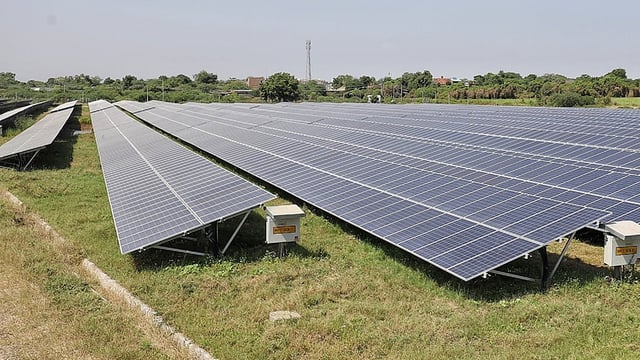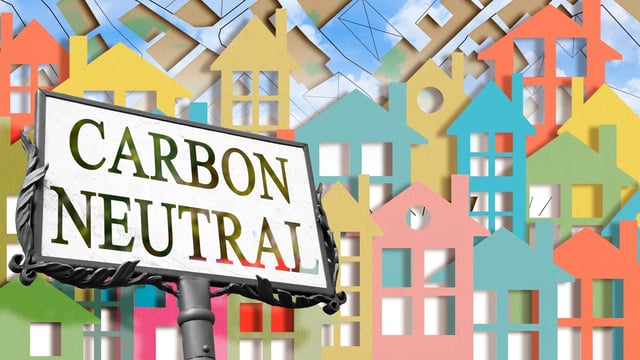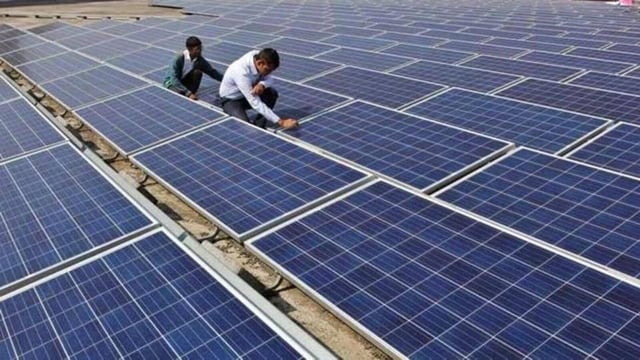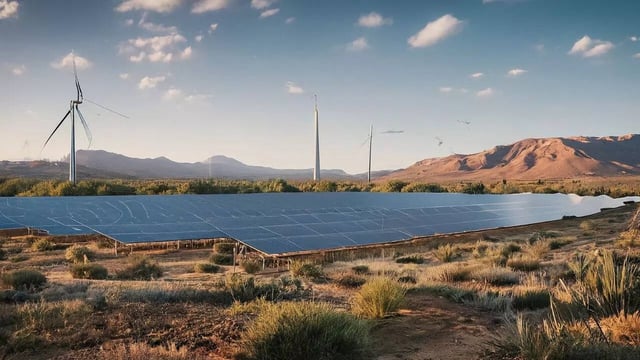Overview
- As of mid-July 2025, non-fossil sources account for 242.8 GW of India’s 484.8 GW installed power capacity, representing 50.1% of the total.
- Government schemes including PM-KUSUM, PM Surya Ghar and the National Wind-Solar Hybrid Policy drove record renewable additions through 2024 and early 2025.
- Solar energy leads the clean mix with 111 GW installed by May 2025, supported by 51 GW of wind and 48 GW of hydropower.
- India initially committed to 40% non-fossil capacity by 2030 under its Paris Agreement NDCs and raised that goal to 50% in 2022.
- The country now stands among the few G20 nations on track to meet or exceed its climate pledges while maintaining one of the lowest per-capita emission rates.



